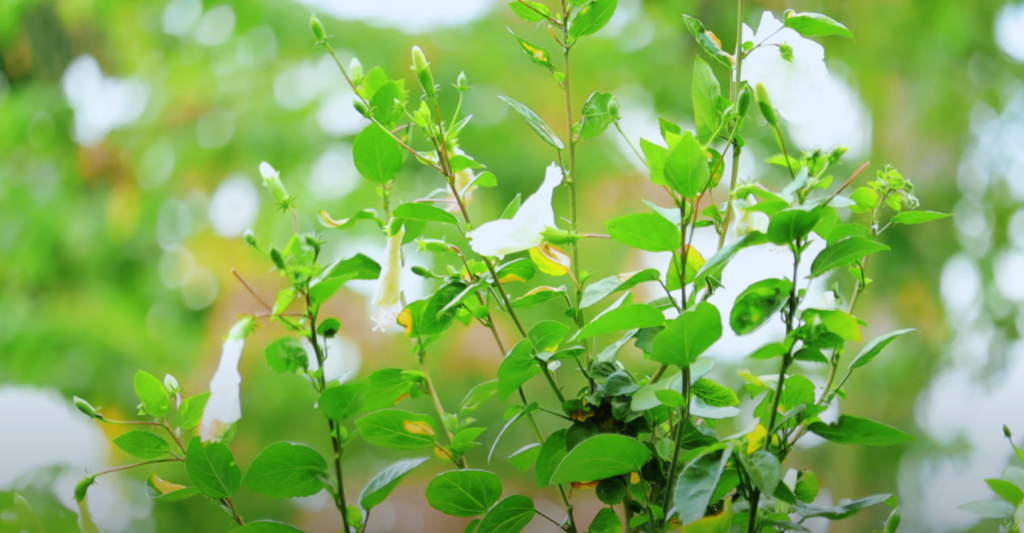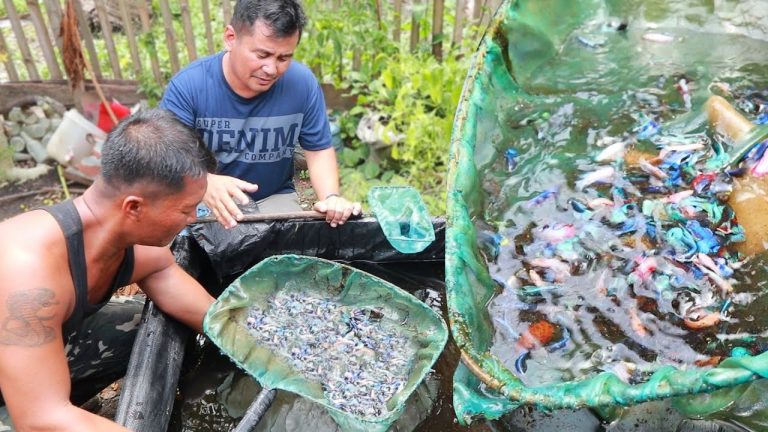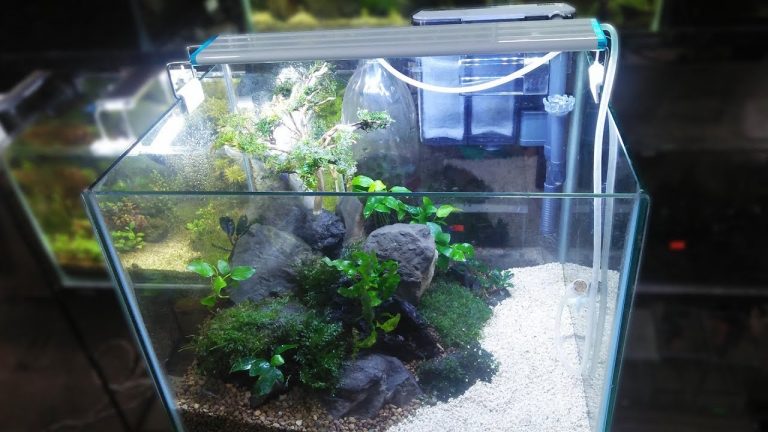The Art of Tilapia Breeding: Dexter’s Journey into Aquaculture
Hey there, Dexter here! Today, I’m thrilled to share with you the insights and experiences I’ve gathered on breeding tilapia right in our backyard. It’s been a journey filled with discoveries, and I’m eager to dive into the details with you. Whether you’re an aquaculture enthusiast or simply curious about sustainable fish farming, this post is for you.

Choosing the Right Fish for Your Tank
Many friends have asked me about the best fish species to breed in a concrete tank at home. Among the choices, tilapia stands out as one of the easiest and most rewarding to breed in a controlled environment. Besides tilapia, hito (catfish) and the majestic Japanese koi are excellent candidates, but tilapia’s ease of breeding and demand in the market make it my top pick.

The Secret to Successful Tilapia Breeding
Two weeks ago, after extensive research, I stumbled upon an effective method for breeding tilapia. The key? Creating a ‘kingdom’ within their tank, a setup mimicking their natural habitat. This involves using stones (not corals, as they can be acidic) and clay pots instead of plastic materials. Clay pots, in particular, create an ideal environment that encourages tilapia to breed and lay eggs, offering them a slice of
nature in their artificial home.

The Breeding Process Unveiled
The journey from mating to hatching is fascinating. Pregnant tilapia, seeking privacy for egg incubation, will retreat into these makeshift hideouts with their partner. In about 15 days, you can expect to see the water teeming with tiny tilapia fingerlings, marking the success of your breeding efforts.
This process underscores the importance of privacy and comfort for breeding tilapia, shedding light on their natural behaviors and needs.

Raising Tilapia Fingerlings: The Hybrid Advantage
The tilapia species I focus on is a hybrid variety capable of growing from 500 grams to a whopping 1 kilogram. This trait, combined with their breeding efficiency and high market demand, makes tilapia farming a lucrative venture. Ensuring full aeration and a clean environment with a proper filtration system is crucial for the health and productivity of breeder tilapia.

Key Takeaways for Aspiring Tilapia Farmers
Through this experience, I’ve distilled my learning into three core tips for anyone looking to dive into tilapia breeding:
- Selection of Quality Breeders: Start with healthy, robust tilapia capable of producing strong offspring.
- Tank Preparation: A well-maintained tank with a filtration system and natural hiding spots encourages breeding.
- Frequent Water Changes: Clean water is vital. Despite tilapia’s hardy nature, optimal water quality significantly boosts breeding success.

Conclusion: A Rewarding Venture into Aquaculture
Breeding tilapia has been a journey of discovery, blending the joys of aquaculture with the rewards of sustainability. This experience has not only enriched my understanding of fish farming but also reinforced the importance of creating a conducive environment for our aquatic friends.

As we continue to explore and share our adventures at Dexter’s World, I invite you to join us on this fascinating journey. Whether you’re a seasoned breeder or just starting, remember, success lies in the details and a deep respect for the natural world.
For more tips, tricks, and tales from the farm, make sure to subscribe and hit the notification bell. Let’s dive deeper into the world of sustainable farming and aquaculture together!







